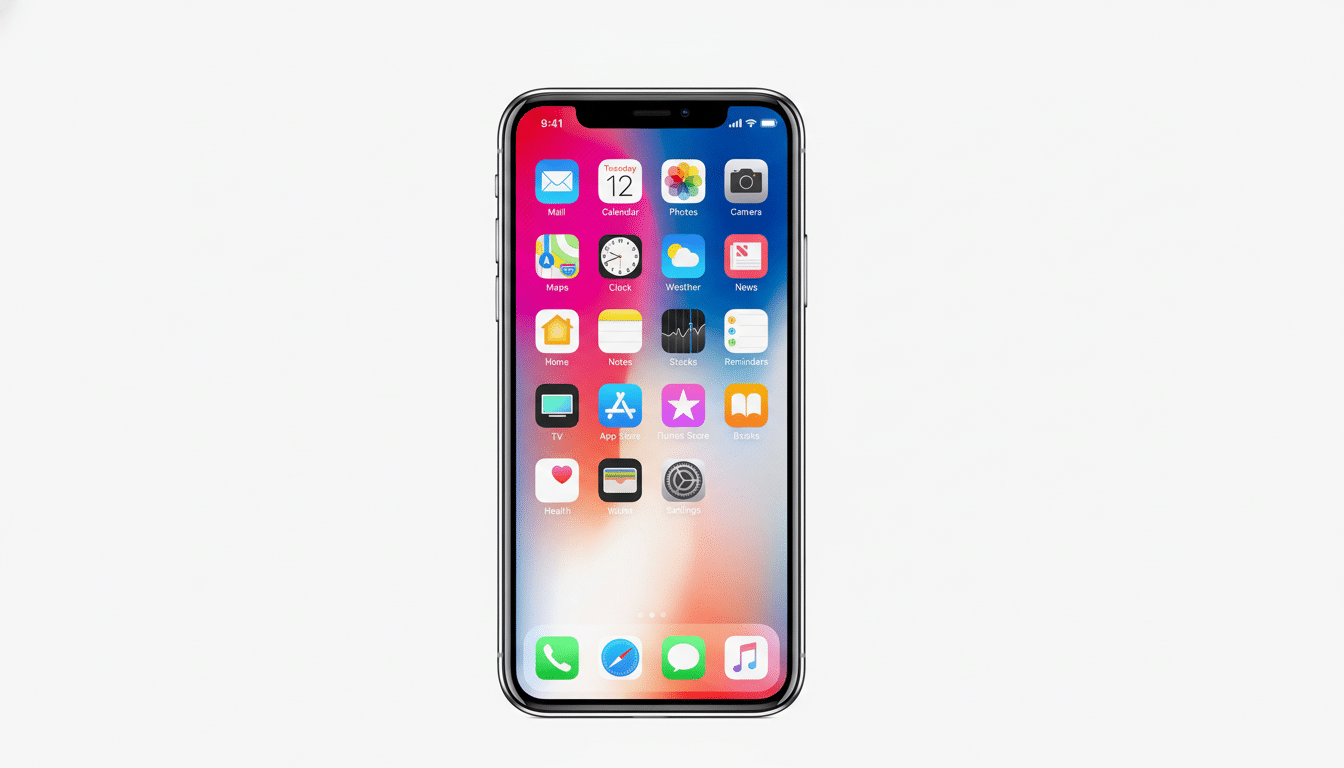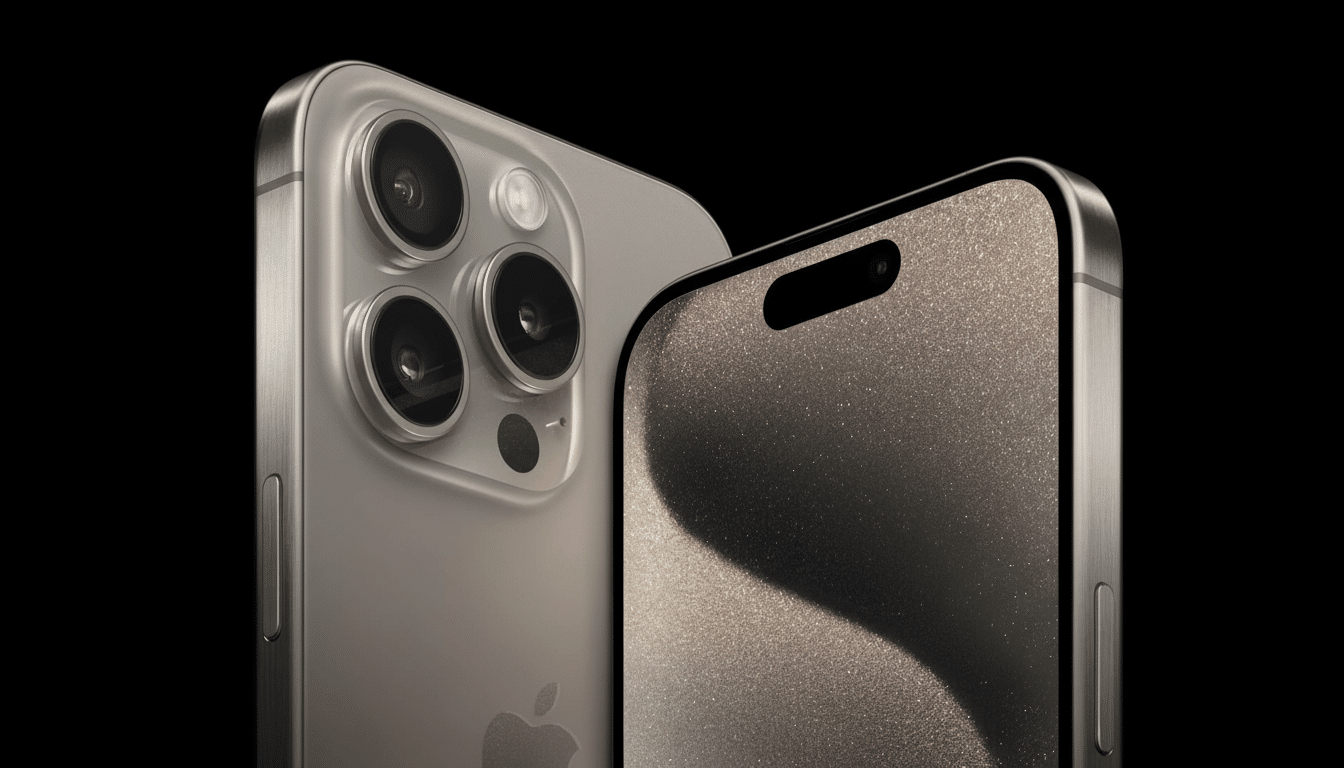A series of pings from a single stolen phone set off a manhunt that led to the destruction of one of the world’s most sophisticated smuggling networks bringing hundreds of millions of dollars’ worth of stolen electronics out of the UK. An iPhone owner who used Apple’s Find My to track their stolen device has provided data that led police to a cache of nearly 900 phones packed for shipment, as well as arrests and searches that turned up more than 2,000 devices taken in moped and motorcycle thefts.
Investigators now believe that the group was responsible for trafficking as much as 40 percent of the stolen phones in London out of the country — some 40,000 devices a year — an example of how modern tracking tools can be used to trace the supply chains behind commonplace street thefts.

How A Single Ping Led To The Takedown Of A Global Pipeline
The break came when the victim watched their device travel in real time and fed authorities with exact location updates.
That information directed officers to a shipment of 894 phones that, by the company’s analysis, were bound for Hong Kong, often used as a hub in the trafficking of high-value electronics where stolen merchandise can be laundered into legitimate secondary markets.
From there, investigators surveilled couriers and intercepted a car, from which they reportedly recovered dozens of phones individually wrapped in aluminum foil (an ad hoc Faraday cage meant to thwart tracking and network pings). The arrests led back to warehouses and handlers and expanded the investigation, revealing an organized network with specific roles ranging from street-level thieves to export coordinators.
Inside The Operation And Evasion Tactics
Police say the ring collected devices from pickpocketing, snatch-and-grab robberies and moped-enabled thefts, and bulk shipped them as “used electronics.” This is not fencing at random; this is logistics. Phone types are organized by model type and condition, then power-cycled to kill any live tracking, wrapped in shielding materials to block Bluetooth or cellular signals.
But the case demonstrates that these tactics are fallible. It turns out both Apple’s Find My and Google’s growing Find My Device network depend on huge crowdsourced data collection of Bluetooth and network signals, so a given device can be beaming out to the world that it exists but not shout when it passes any particular phone. Even brief bouts of connectivity can produce enough data for investigators, particularly when all of it is turned over; exposed IMEIs are checked against and cross-referenced with the UK’s National Mobile Property Register, which law enforcement uses.
Why Stolen Phones Come Into Flow Again: Overseas
Today’s phones are rugged, lightweight and transferable from country to country. Locks like Activation Lock dull resale value at home, but they’re worth a lot to the international trade. Indeed, researchers at the UCL Jill Dando Institute have long observed that when aspects of this local risk-reward trade-off deteriorate — because locks are more secure, or tracking is stronger, or policing more intense — organized groups simply shift their stock elsewhere, either to where checks are laxer or demand is greater.

Industry associations such as the GSMA back the global blocking of IMEIs, and carriers are able to impose a block on lost or stolen devices. Still, gaps remain. Not all marketplaces are equally consistent at enforcing blacklists, and devices can always be disassembled for parts or reassembly. The case serves as a reminder that theft is less about an individual phone than about the entire supply chain of aftermarket gear.
What Tracking Can, and Cannot Do for Stolen Phones
Consumer tools are increasingly becoming a silent force multiplier in police work. Apple’s Find My relies on end-to-end encrypted location relays with the help of nearby Apple devices, and Google’s updated Find My Device network also forwards similar kinds of crowdsourced signals through billions of Android devices. In practice, that means a stolen phone is not necessarily online for long before giving away crucial location data.
But victims should not challenge suspects or make recovery attempts on their own. Police and victim support groups always advise not to take action. The best and most responsible approach is to maintain tracking screenshots and activity notes, and to share everything with the authorities, including your device’s IMEI.
Actions You Can Take to Safeguard Your Device
Activate Find My (or Find My Device) before you think you need it and test it. Set up a recovery contact, turn on automatic cloud backups and have a strong passcode or biometric lock. Turn on Activation Lock on iPhone; set up Factory Reset Protection on Android. Write down your IMEI and register your phone on services attested to by the UK police such as Immobilise (used to help trace stolen or lost mobile phones), which links into the National Mobile Property Register.
Should your phone be stolen, take action immediately by locking the device and logging out of apps with sensitive information; notify your carrier to block the IMEI. Give the police location history and an identifier, and then let detectives see if they can help solve a crime. In the case of which this is an example, a single signal can contribute to tearing down a network when it’s coupled with patient police work followed by data-driven analysis.
The Bigger Picture on Cross-Border Phone Theft
This takedown demonstrates that everyday consumer tech can be harnessed into exposing organized crime on a large scale. It also underscores a policy truth: deterrence is strengthened when device security, carrier blacklisting and law enforcement cooperation knit seamlessly across borders. Reporting from the BBC, bolstered by police releases, tells a story in which the most effective weapon against phone theft may be one you already own — if used correctly and delivered into the right hands.

